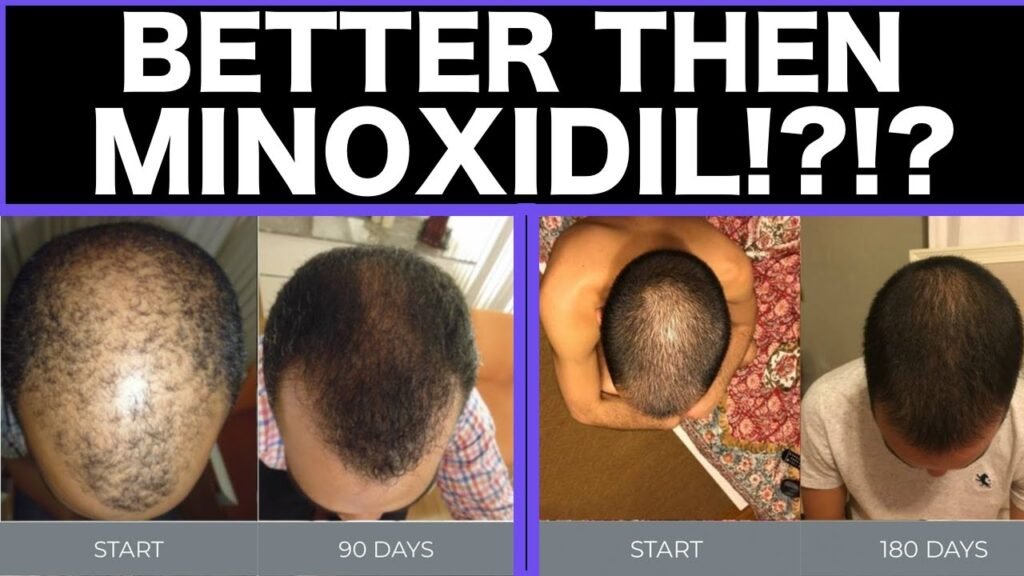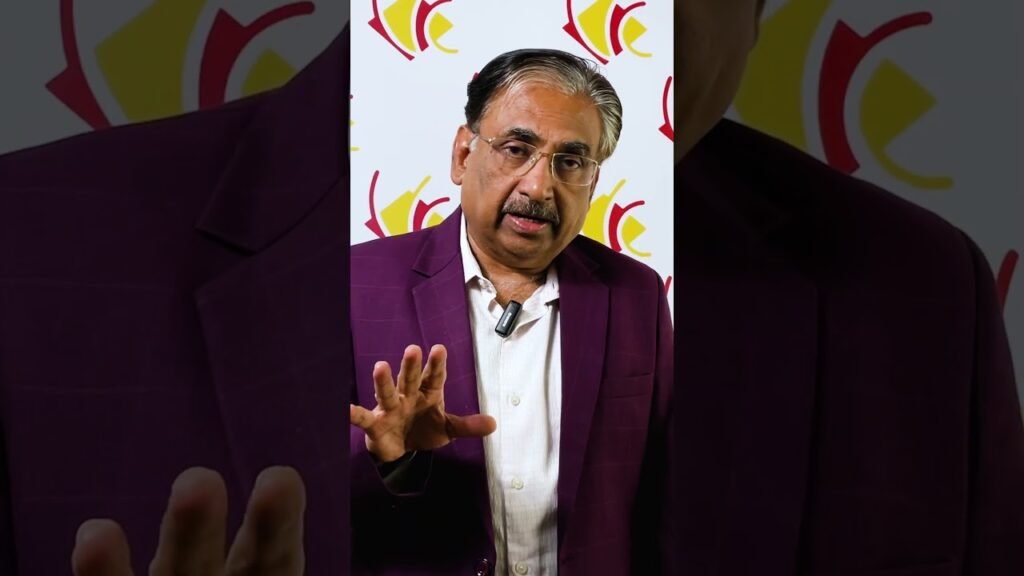Which treatment is safer: Minoxidil vs finasteride
When comparing the safety profiles of minoxidil and finasteride, its important to understand how each treatment functions and the potential side effects associated with them. Minoxidil, commonly known as Rogaine, is a topical treatment applied directly to the scalp to stimulate hair growth. It is generally considered safe with minimal systemic absorption, which means it is less likely to cause systemic side effects. Common side effects of minoxidil include scalp irritation, itching, and dryness. Rarely, some users may experience unwanted facial hair growth or changes in hair texture.
On the other hand, finasteride, marketed as Propecia, is an oral medication that works by inhibiting the conversion of testosterone to dihydrotestosterone (DHT), a hormone linked to hair loss. While effective for many, finasteride has a different safety profile due to its systemic nature. Some men experience sexual side effects, such as decreased libido, erectile dysfunction, and ejaculation disorders. Additionally, there is a risk of mood changes and depression, although these are less common. Its also important to note that finasteride is not recommended for use by women, particularly those who are pregnant or may become pregnant, due to the risk of birth defects.
In determining which treatment is safer, it often comes down to individual tolerance and medical history. For those with sensitive skin or concerns about topical applications, minoxidil might be the safer option. However, for those who are more concerned about systemic side effects, finasteride might pose a higher risk. It is crucial for individuals to consult with a healthcare provider to assess personal health conditions and discuss potential side effects before choosing a treatment plan.


